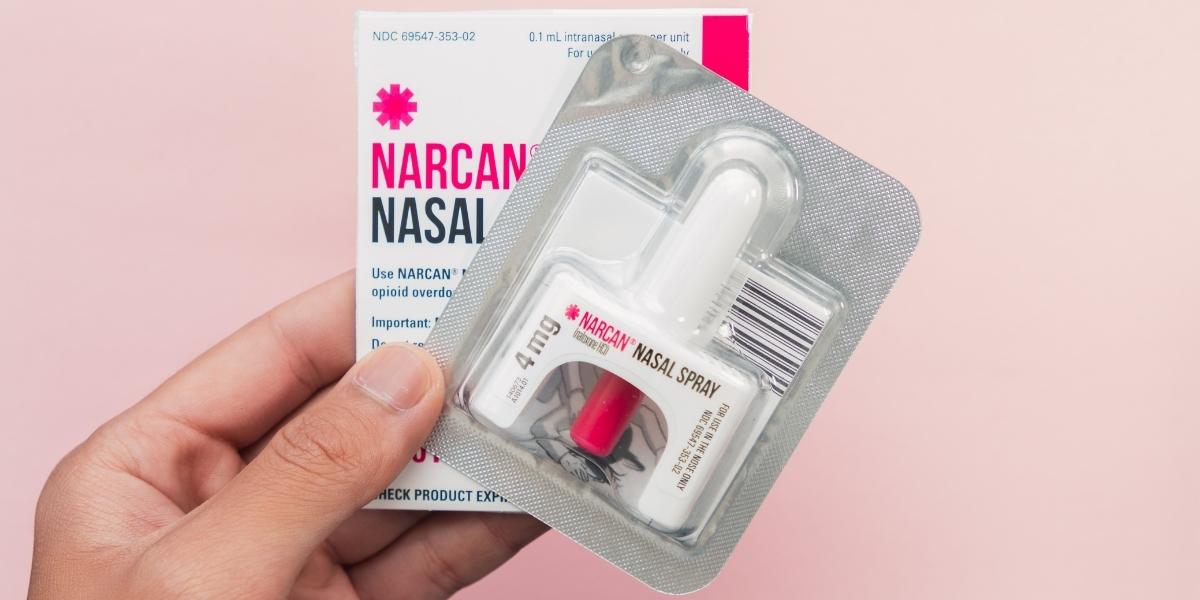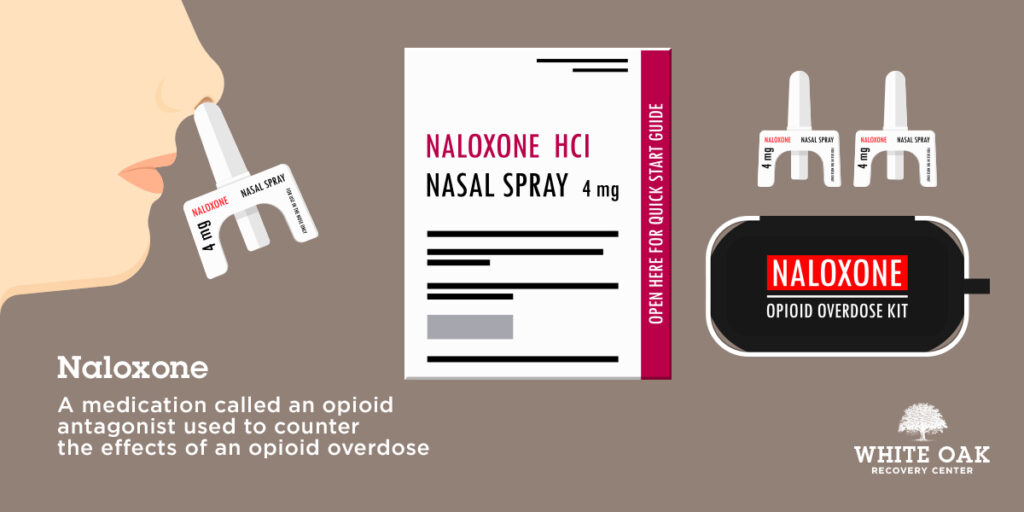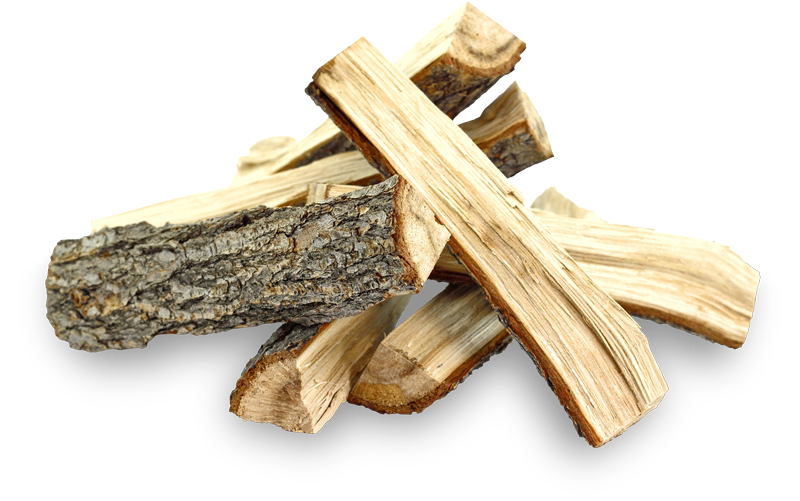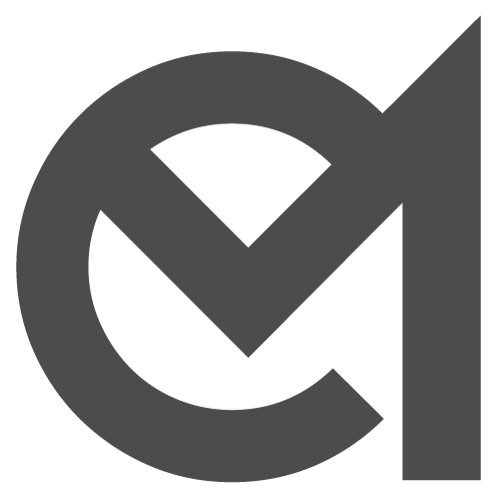How Does Narcan Work?


What Is Narcan?
Narcan is the name brand of naloxone, a medication approved by the Food and Drug Administration (FDA) to reverse opioid overdoses.
Narcan nasal spray works by blocking the effects of an overdose. Medical personnel can administer naloxone as an injectable; however, the nasal spray is the most common because it is easy and quick to use.
What Is Narcan Used For?
Narcan is used to reverse or stop opioid overdoses. When people overdose, they lose consciousness, so someone has to give them a dose of naloxone, sometimes multiple times, to reverse the effects of opioids.
Opioid overdoses can happen to people taking prescription opioids, recreational users, people with a history of chronic substance abuse, or people who ingest opioids by accident. Naloxone is a life-saving medication for people who have suffered an overdose.

Can You Buy Narcan Over the Counter?
You can get naloxone over the counter from most pharmacies in the United States. You do not need a prescription for Narcan; most insurance plans will cover the cost. Although some states require a prescription, speak with your doctor or pharmacist to be sure.
The Narcan website has a free download form to request it from your pharmacy and often has coupons in the event insurance won’t cover it.
Anyone in a position to save lives should be able to obtain a prescription for Narcan, including first responders, health care workers, community outreach workers, and loved ones or family members of people with drug dependence or opioid addiction. Many doctors will also prescribe naloxone when they give a prescription for opioid pain killers as a precaution.
Harm reduction centers and community distribution programs may also be able to help you obtain Narcan and give you training on how to administer naloxone properly.
How to Administer Narcan
Narcan Nasal Spray works like any other nasal spray.
- Remove the nasal spray from the naloxone kit
- Insert the tip of the nozzle into one nostril until your fingers are touching the nose
- Firmly press the plunger to release the dose of Narcan
- Remove Narcan Nasal Spray from the nostril after administering the dose
Some overdoses require multiple doses of Narcan to reverse the effects; in this case, you should alternate nostrils for each administration.
As an injectable, naloxone can come in a premeasured autoinjector device that works like an epi-pen; you hold it against the thigh and press the plunger to inject the medicine.
Call 911 immediately if someone is overdosing, and continue administering naloxone if more doses are available until the person becomes responsive or emergency help arrives.
How Does Narcan Work?
Naloxone works by blocking the effects of opioids.
Throughout the brain and central nervous system, there are opioid receptors that the drugs bind to, causing the high and overdose. Narcan is an opioid antagonist that works by displacing the opioids from the receptors and taking their place, blocking the effects of an overdose.
According to the National Institute on Drug Abuse (NIDA), naloxone stays in the body for 30 to 90 minutes. Some opioids, especially in high doses, remain in the body longer, so it is vital to get follow-up medical attention as soon as possible, even if the person seems responsive after getting Narcan to avoid another overdose.
Can Narcan Reverse Any Overdose?
Naloxone only works on opioid overdoses. However, if a person has taken more than one type of drug, or you only suspect an opioid overdose, you should still administer Narcan.
If opioids are in their system, Narcan will work to reverse those effects, but not the effects of the other drugs. In those cases, Narcan can still save lives by working to restore breathing and other vital functions until help arrives.
What Are the Side Effects of Narcan?
Narcan side effects are infrequent and generally mild. Some people may experience an allergic reaction to Narcan, which can cause discomfort. The risks from an overdose are always more severe than the possibility of an allergic reaction.
You should always administer Narcan if you suspect an overdose. It has no side effects in healthy people or people overdosing on non-opioid drugs.
Side effects of Narcan include allergic reaction symptoms and other adverse reactions such as:
- Swollen lips, face, or throat
- Itching
- Hives
- Dry, stuffy, or painful nose
- Headache
- Muscle aches
- Constipation
- Toothaches
Opioid Withdrawal
For people that have a physical opioid drug dependence, naloxone may cause opioid withdrawal symptoms. Withdrawal symptoms can be uncomfortable and dangerous, but it is better to be alive and uncomfortable than dead from an overdose.
Opioid withdrawal symptoms after receiving Narcan can include:
- Nausea and vomiting
- Headache
- Diarrhea
- Fever
- Shaking
- Sweating
- Increased blood pressure
- Abdominal cramping
- Agitation
- Aggression
- Restlessness
The National Institute on Drug Abuse (NIDA) encourages medical professionals to facilitate medication-assisted treatment and medical detox for opioid withdrawal symptoms and refer their patients to addiction treatment programs for opioid use disorder.
How Do You Know When to Give Narcan?
You should give Narcan to anyone who appears to be overdosing, even if you are unsure what drugs they’ve taken.
Because Narcan has no adverse side effects, you do not need to wait until someone is unresponsive or not breathing. You can give Narcan to anyone, even pregnant women, as naloxone will not harm the unborn baby.
Never hesitate to administer a dose of naloxone and call 911 if you believe someone is in danger.
Opioid Overdose Signs
Knowing and recognizing the signs of an opioid overdose and administering Narcan in time can be the difference between life and death. Not every overdose will have all the symptoms present, but they don’t need to be for an overdose to be life-threatening.
Signs of an opioid overdose include:
- Respiratory depression, or slow and ineffective breathing
- Slowed heart rate
- Low blood pressure
- Pinpoint pupils
- Confusion
- Difficulty speaking
- Vomiting
- Gurgling or choking
- Limp, floppy limbs
- Inability to stay awake
- Unresponsive to stimuli like yelling or physical touch
- Blueish lips, fingers, or toes
- Not breathing
- No pulse
Even if Narcan revives a person, always seek emergency medical assistance after an overdose.

Opioid Use Disorder Treatment
If you have had a close call with opioid abuse or live in fear of experiencing an opioid overdose, you are not alone, and a different way of life, free from addiction, is possible.
At White Oak Recovery Center, we treat all aspects of opioid use disorders and co-occurring disorders with an evidence-based, individualized approach. We offer onsite medical detox in the comfort of our private residential treatment center to ensure your safety and comfort during withdrawal.
Our licensed therapists work with you through every step of your treatment program to discover the underlying causes of your addiction and empower you with the skills and knowledge to live a happy, healthy life rooted in recovery. Reach out now. Our treatment specialists are eager to get you the help you need.

Am I covered for addiction treatment?
Your insurance may cover treatment. Call now for an entirely free and confidential assessment. Recovery starts with a phone call.

- “Naloxone DrugFacts.” National Institute on Drug Abuse, Jan. 2022.
- “Lifesaving Naloxone.” Centers for Disease Control and Prevention, Feb. 2022
- “Naloxone.” Substance Abuse and Mental Health Services Administration, Apr. 2022.
- “How Naloxone Saves Lives in Opioid Overdose.” Medline Plus, National Library of Medicine, Jan. 2019.
- “Does Naloxone Reverse Any Overdose?” Bureau of Justice Assistance U.S. Department of Justice, Feb. 2020.
Medical Disclaimer:







